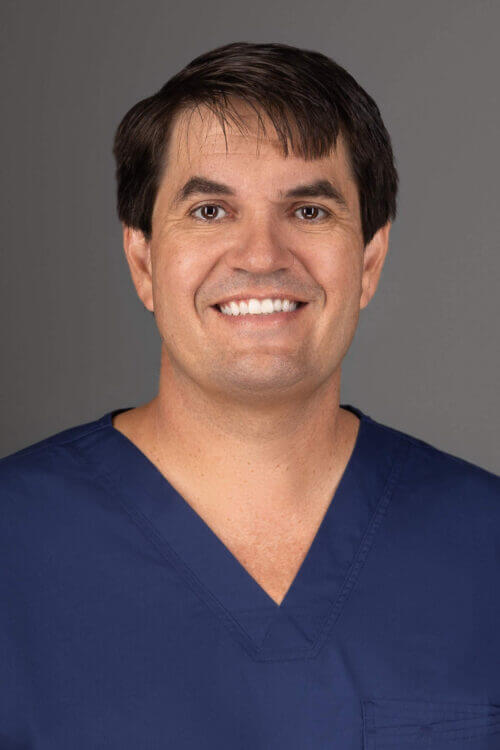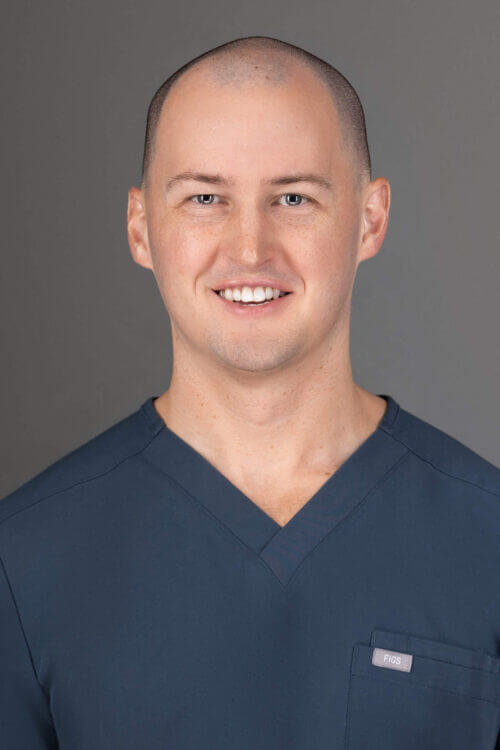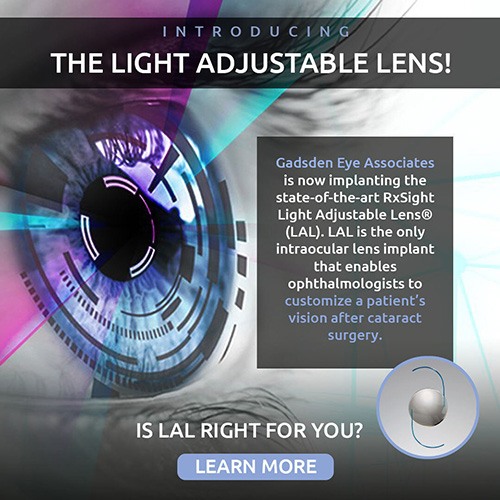
Specialized
Oculoplastic Procedures
Oculoplastic procedures are a specialized field of surgery that focuses on treating conditions affecting the eyelids, eye sockets, tear ducts, and surrounding structures. Oculoplastic procedures combine the accuracy and precision found in ophthalmic surgeries with the aesthetic foundations of plastic surgery.
The result is patients can enjoy functional and cosmetic enhancements. At Gadsden Eye Associates, we offer patients eyelid surgery or blepharoplasty to help improve the appearance of drooping, sagging eyelids that may affect the visual field.
Learn MoreWhat is Blepharoplasty?
Blepharoplasty, also known as eyelid surgery, is a surgical procedure that removes excess fat, skin, and muscles from your eyelids. If you're unhappy with the appearance of your eyelids because they sag or look droopy, causing you to look older or more tired than you are, a blepharoplasty may be the answer.
A blepharoplasty can help you look rejuvenated and refreshed, significantly improving the appearance of your face. Blepharoplasty can also help improve your visual field if drooping eyelids are taking over your visual field and making it harder to see.
Who is a Good Candidate for Blepharoplasty?
Although blepharoplasty may sound like the perfect way to improve your appearance, it's not suitable for everyone. You may be a good candidate for blepharoplasty if the following applies to you:
The only way to determine if you're a good candidate for blepharoplasty is to schedule a consultation at Gadsden Eye Associates.
Request an Appointment
What to Expect
During Blepharoplasty
Blepharoplasty is usually performed using a local anesthetic, and you may also receive a mild sedative to help you relax. If you're having upper blepharoplasty, your surgeon will remove any excess skin, muscles, and fatty tissues from the inside corner of your eye.
On the day of your procedure, you will arrive 30-60 minutes early to check in and get settled. After this, you will be prepared for your procedure.
They will create small incisions in the natural folds of your skin in your eyelids. As the incisions heal, they will be almost impossible to see.
If you're undergoing a lower blepharoplasty, your surgeon will create an incision behind or inside your eyelid if there is not too much excess skin, a technique called a transconjunctival blepharoplasty. This technique lets your surgeon remove fatty deposits without needing an external incision.
If there are excess skin or muscle folds below your eye, they may also need to create an incision below the base of your eyelashes. As the incision heals, the small scar will become almost invisible.
Request an Appointment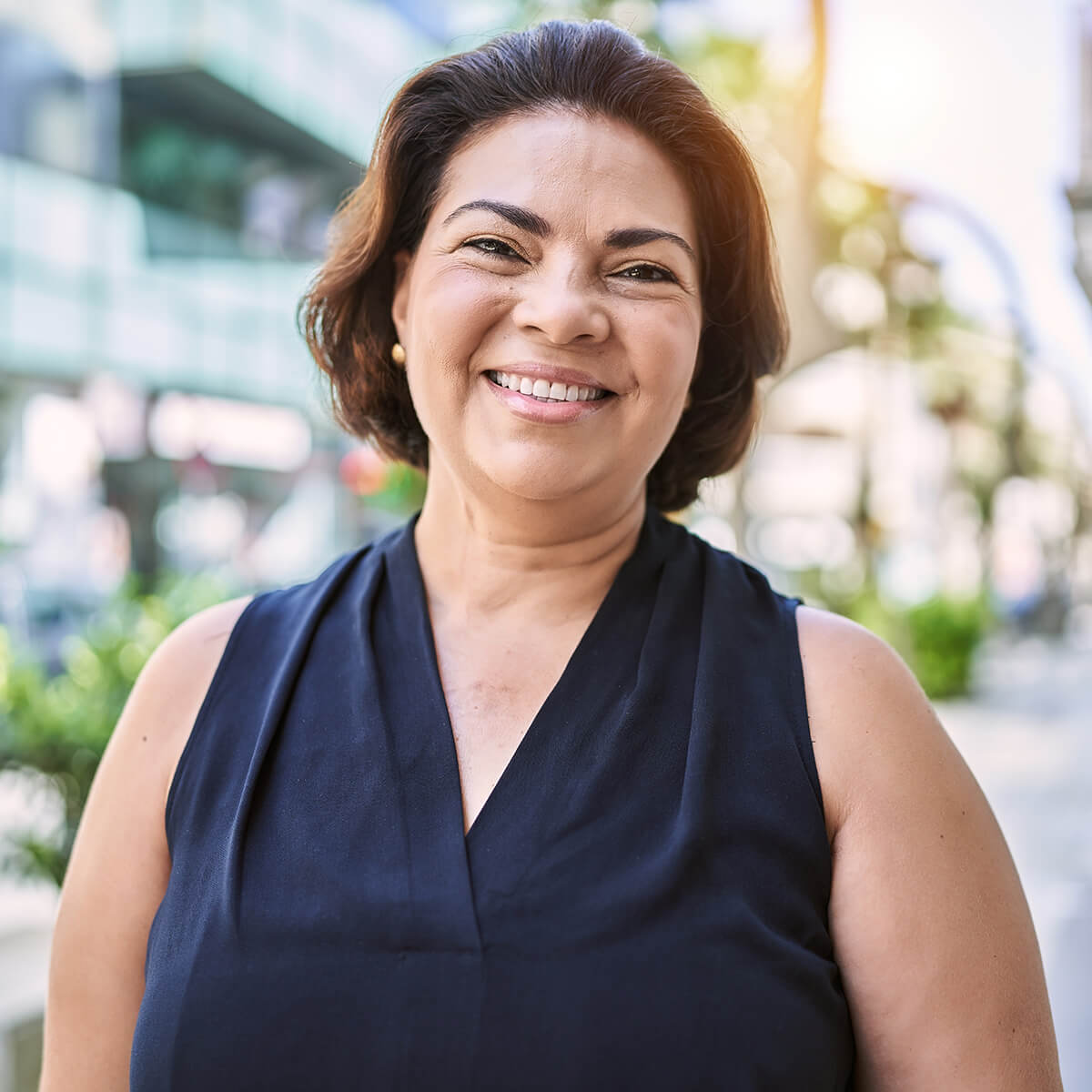
Recovering After Blepharoplasty
After the blepharoplasty procedure, you cannot drive yourself home. Ensure you have a friend or family member who can bring you home.
As your recovery continues, you may experience swelling and bruising for a week to a month. You can reduce this by using cold compresses and elevating your head.
Your ophthalmologist at Gadsden Eye Associates may also prescribe eye drops or recommend using an eye ointment to keep your eye clean and moist.
You may experience some discomfort during the recovery period after undergoing a blepharoplasty. Your eyes may be dry, sticky, or itchier than usual. This can last for about a week after the procedure.
Make sure you follow all instructions from your eye doctor, including carefully cleaning your eyes for the first week or two. Any stitches must be removed about five to ten days after blepharoplasty unless they are self-absorbing, which will dissolve on their own over time.
What is Botox?
Botox is a temporary way of improving the appearance of wrinkles, including frown lines, forehead lines, and crow's feet around the eyes. Botox is derived from a neurotoxin called botulinum toxin, produced by the bacterium Clostridium botulinum. Using Botox in small, controlled amounts helps to temporarily paralyze or weaken certain muscles, helping to reveal a smoother and more youthful complexion when used for cosmetic reasons. However, Botox can also be used to temporarily weaken other muscles, making it helpful in treating muscle spasms.
Using Botox for Cosmetic Treatments
Botox is most used for cosmetic reasons to help reduce the appearance of wrinkles caused by repetitive facial muscle movements. These include smiling, frowning, and laughing, everyday parts of life.
By relaxing targeted facial muscles, Botox helps temporarily smooth your skin and help you look more relaxed, rejuvenated, and well-rested. Because the effects of Botox are temporary, maintenance is required, with injections every 4-6 months for most patients to keep wrinkles at bay.
If you don't like how you look after Botox, you can choose not to have it again, and the effects will eventually wear off.
Request an Appointment
Using Botox to
Treat Blepharospasm
Another way of using Botox is to treat a condition called blepharospasm. Blepharospasm is a condition
that causes involuntary eyelid contractions or spasms.
These can cause patients discomfort and impairment. Botox is injected into muscles that cause the
spasms, which helps reduce or eliminate them. Patients can experience much-needed relief and
improvement in eyelid function.
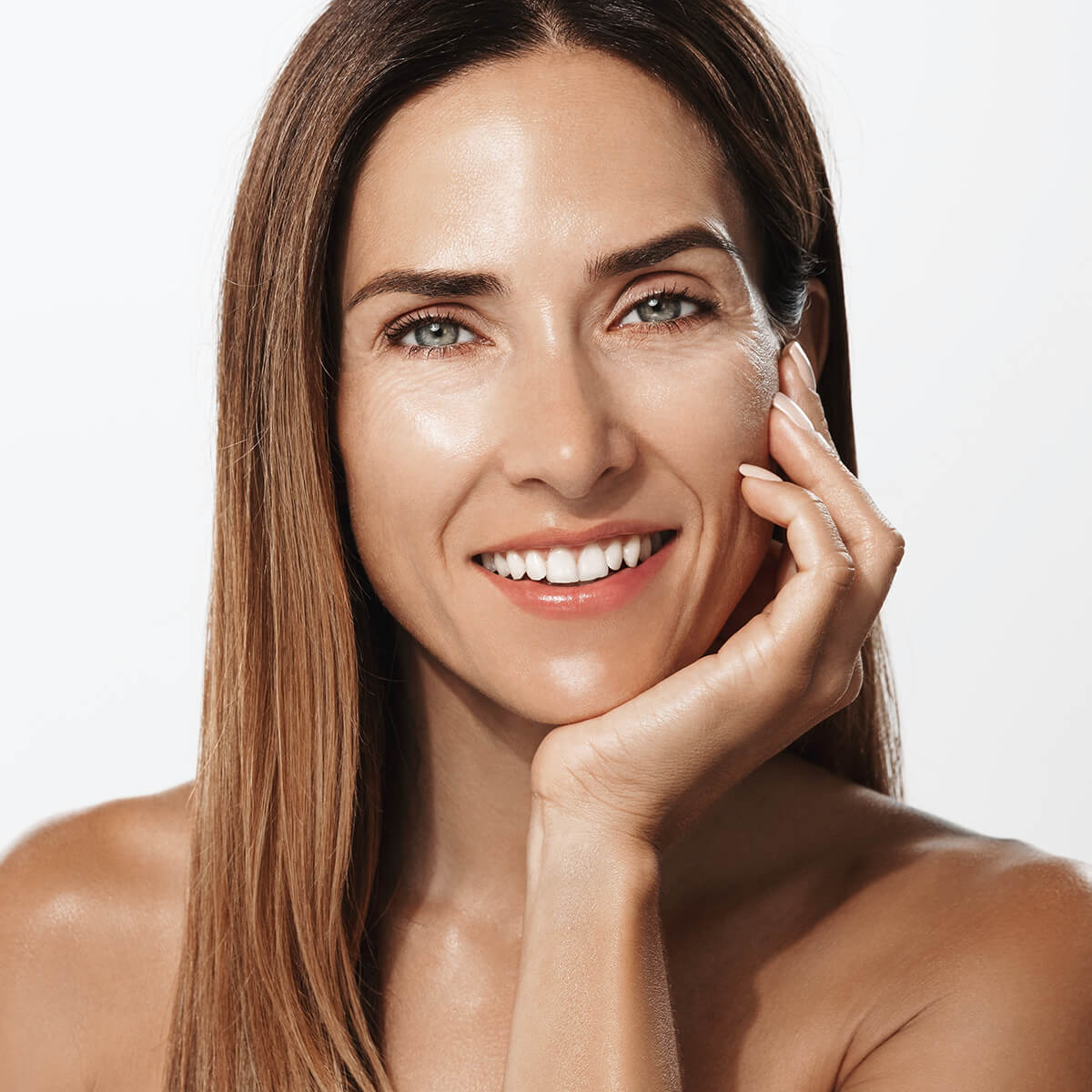
Using Botox to
Treat Hemifacial Spasm
An additional way to use Botox is to treat hemifacial spasms. Hemifacial spasms are a neurological condition that causes involuntary muscle contractions on one side of the face. They are typically around the mouth and the eye.
Using Botox targets the specific facial muscles responsible for the spasms and helps to relax them. Relaxing these muscles reduces the intensity and frequency of the contractions. Patients using Botox for hemifacial spasms often notice improved facial symmetry and relief of symptoms associated with hemifacial spasms.
Request an Appointment



